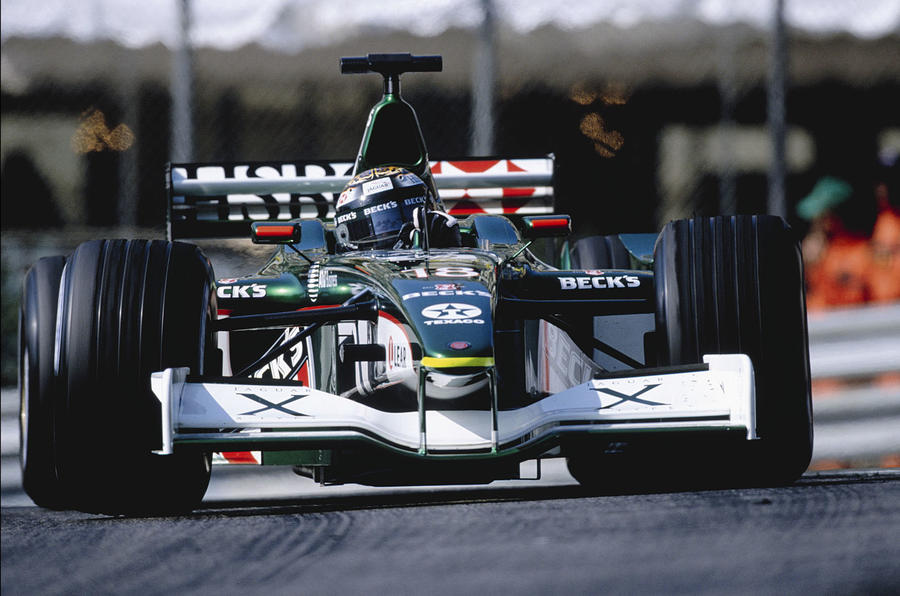“If you want to be considered a sports car manufacturer, you have to be engaged in motorsport – and at a high level. It is not about trying to sell cars today, but about investing in your reputation and your heritage. To keep those things alive requires you to compete in motorsport with a clear strategic goal to do just that.”
Just minutes after hearing those words from Porsche’s head of research and development, Wolfgang Hatz, I read about the emerging plans for a Jaguar F-type GT3 racer. Hatz’s words now resonated with even greater clarity – not least the bit about a sports car maker needing to compete in racing to justify its credentials.
Jaguar, of course, has great heritage both as a sports car manufacturer and in racing. But in recent years its racing forays from Formula 1 to American sports car racing have been wretched. Indeed, its only glory has come from historic racing, where it has served only to prove what the firm was once capable of.
Trouble is, Jaguar faces the dual task of first proving it can compete with the F-type in GT3 racing against the likes of Porsche, which is hardly short of match practice, and then trying to move up the competition ladder. The ultimate goal, you would have to assume, is to compete at the very top level of the World Endurance Championship (WEC). With Porsche and Audi slugging it out there, alongside Toyota and soon Nissan, how could they not?
It’s a difficult and expensive road ahead. Spin-off road cars from racing projects may help pay the bills and build recognition, but they are unlikely to cover the cost of becoming a winning force. And be in no doubt, if you are Jaguar you must compete to win; the reticence to get involved to date must be in some part down to a recognition that a second-rate racing foray will do more harm than good, not just to the financial bottom line but also Jaguar’s standing.
But even success will come at a price. Do well, and Jaguar must move rapidly up the racing ladder, which is expensive and increasingly challenging, as even Hatz will admit after a incredibly positive but hard debut season in the WEC which has brought pole positions and race leads but no wins.
When you have the heritage of these brands, only victory will do; but when only one car can win each race, competing head-to-head can soon descend into a spending race.
With that in mind, you can see why projects such as its Bloodhound SSC collaboration are so appealing. The 1000mph land speed record attempt allows Jaguar engineers to work at the absolute cutting edge of technology and take those skills back to the workplace.







Join the debate
Add your comment
Roadster wrote: WEC would be
Between recent acid trips you suggested that a road-going McLaren P1 would beat the Porsche and Toyota LMP1-HY cars around Le Mans. Are you saying a future Jaguar LMP1 entry would even faster than that?!?!?
WEC - a question of budget
Enter the XE into the BTCC